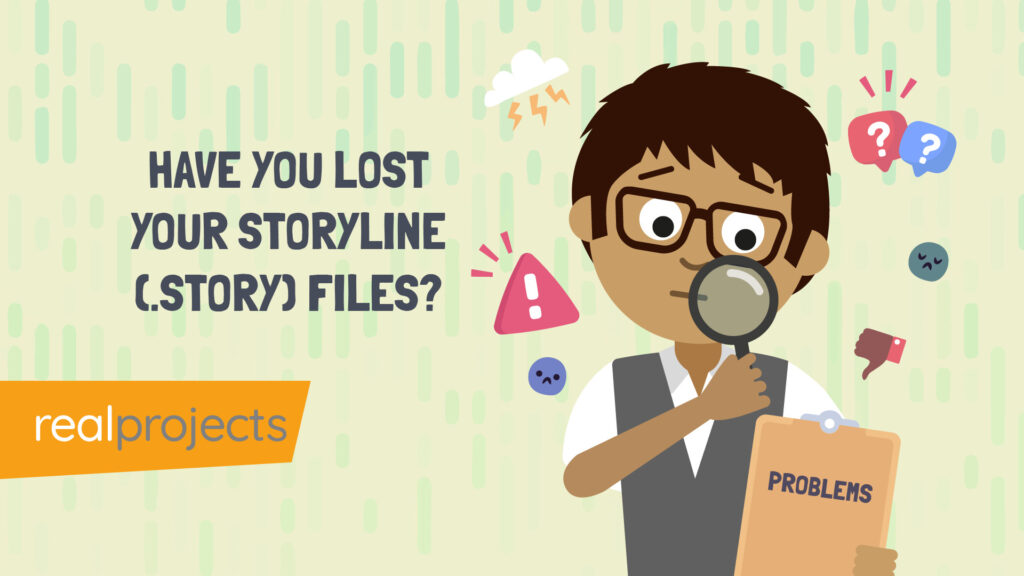During the COVID-19 pandemic, organisations faced the sudden challenge of transitioning to remote work.
Remote and Hybrid working is now a popular work mode for organisations world wide, but it comes with some challenges. However, this shift brings its own set of challenges.
Employees are not visiting the office as often, there are technology challenges and there can be information and remote working digitial security challenges.
For organisations that are making the move to remote working one of the biggest is finding the right mix of digital tools to support productive collaboration.
Unfortunately, this challenge is not always recognised for what it is. Instead, when teams encounter problems with remote working—things getting lost in communication, difficulty coordinating team-mates’ work—it’s often assumed that remote working itself is to blame.
In reality, many of the most common problems of remote working result from a failure to adopt the right tools, or to integrate them properly into a team’s functioning.
Through our experience in developing resources to help organisations manage the transition to remote working, we have identified five common mistakes that hinder the creation of an effective technology mix.
Here’s what managers and decision-makers need to avoid:
Five Common Mistakes in Developing a Technology Mix
1. Resistance to Change
Many remote teams don’t make a meaningful or coordinated effort to develop the right technology-mix.
In most cases this is due to a perfectly natural resistance to change, which encourages teams to stick with the tools they know.
When you’re used to phone calls and email, it might seem easier to keep relying on these technologies, rather than embrace the challenge of adjusting to unfamiliar tools.
2.Chopping and Changing
At the other end of the spectrum are teams which constantly change their technology mix. While experimentation is good, too much change can prevent tools becoming properly embedded in a team’s processes.
A common cause for this kind of chopping and changing is impatience. When a team encounter a conflict between the way they work and the functionality of a tool, it can sometimes seem easier to just find a new tool than to adjust their own processes.
3. Ignoring Functionality
Ultimately, a tool is only useful if it performs the functions your team actually needs it for. Unfortunately, it’s easy to get sidetracked by functions which seem like they might be useful, or which look good in a product demo. A smart technology-search puts essential functions first.
4. Overlooking Reliability
An effective tool not only has the features you need—it also performs them reliably. One of the biggest causes of frustration for remote teams is unreliable tech: it can seriously undermine productivity and teamwork.
5. Failing to Integrate Tools
Finding the right tools is only half the battle. Once effective tools have been chosen, they need to be integrated into the team’s working processes.
Uniformity is vital to this. As far as possible, team-members need to use the same tool set across the board.
The other component to successful integration is training. Without effective training, much of the potential of a digital tool remains dormant.
Addressing Login Challenges
Organisations are also presented with a new set of login challenges with employees login from home and remote locations.
Employees need to be able to login efficiently to avoid frustration and the technology infrastructure needs to be in place that access to company systems is secure. When people are on the move and using home networks and networks on the move this is providing a new set of challenges.
Importantly this does mean that L&D teams need to consider their role in how their can integrate training so support this changing working model. L&D teams can create content and ensure that its part of their learning strategy, either buying off the shelf content or creatnig content building on their existing learning library. What is key is that you have a strategy for success!
Organisations must invest in robust infrastructure to ensure secure access while minimising user frustration.
-
Developing custom training content.
-
Integrating off-the-shelf resources into the learning library.
-
Creating a strategy to ensure success in adapting to these new working models.
A Long-Term Investment
Teams which bear these factors in mind as they develop their technology-mix are much more likely to find the right tools. However, finding the right tool set always requires a willingness to experiment and a bit of patience.
Time invested in the process now saves a lot of time down the line. The productivity benefits of a successful tool set are enormous, and they make for a much more enjoyable work environment, too.
The Role of Continuous Learning
Continuous learning is a cornerstone of success in remote and hybrid work environments. By fostering a culture where leaders and teams are committed to growth, organisations can adapt more effectively to challenges.
Whether it’s through reflecting on recent experiences, seeking feedback, or building skills, continuous learning helps teams stay resilient, innovative, and connected in a rapidly changing workplace.
For more information check out our off the shelf courses



